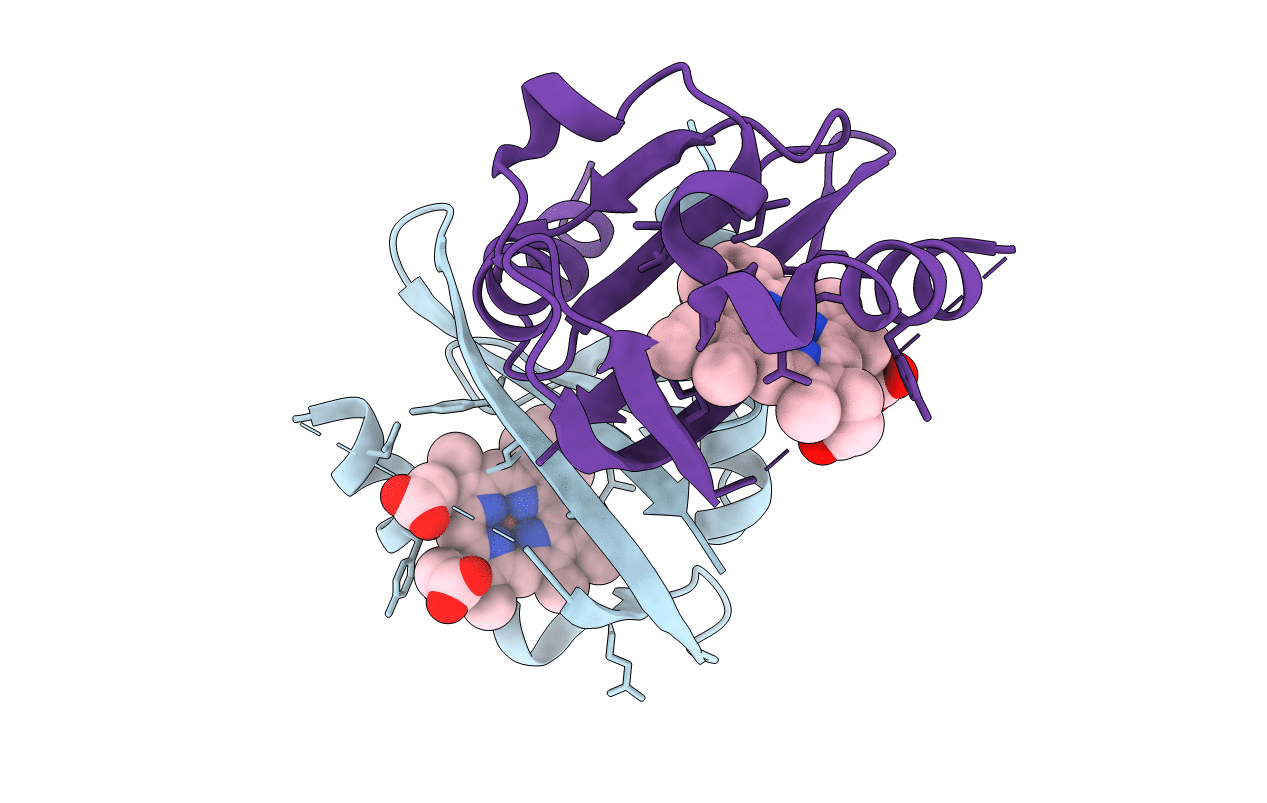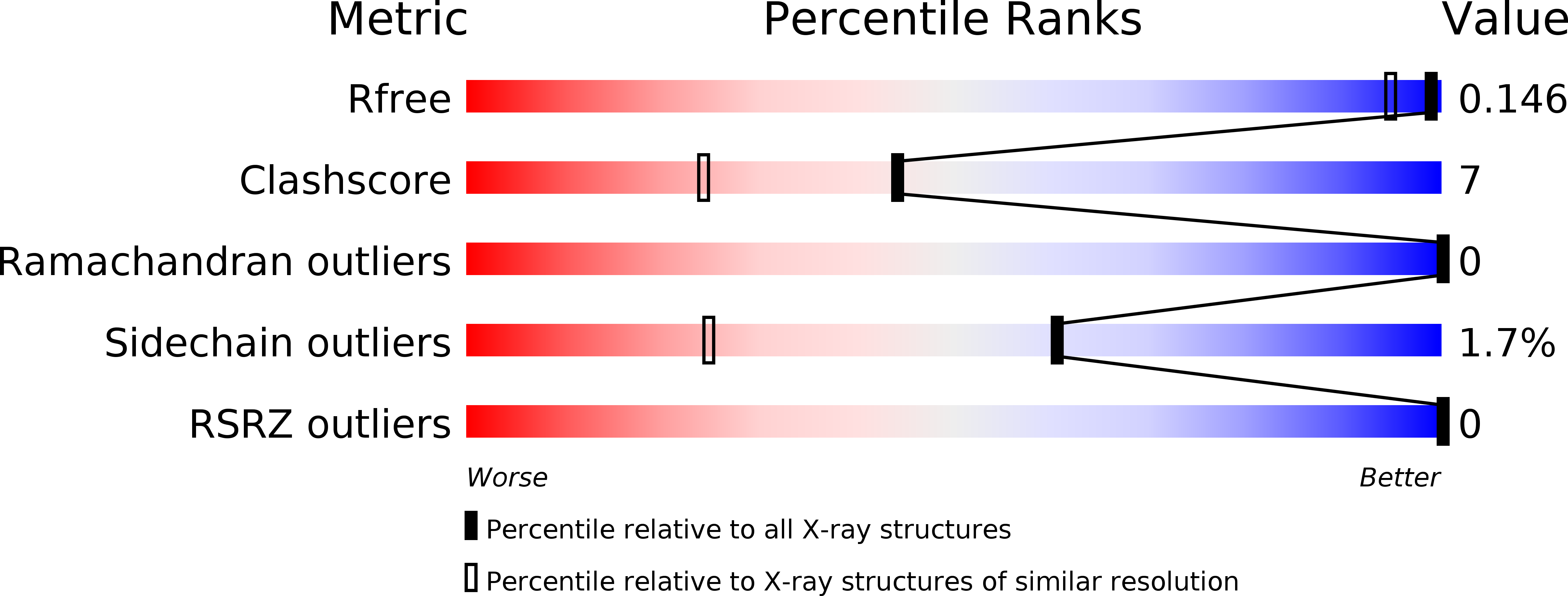
Deposition Date
2004-02-04
Release Date
2004-05-25
Last Version Date
2023-12-27
Entry Detail
PDB ID:
1V9Y
Keywords:
Title:
Crystal Structure of the heme PAS sensor domain of Ec DOS (ferric form)
Biological Source:
Source Organism:
Escherichia coli (Taxon ID: 83333)
Host Organism:
Method Details:
Experimental Method:
Resolution:
1.32 Å
R-Value Free:
0.21
R-Value Work:
0.16
R-Value Observed:
0.16
Space Group:
P 21 21 21


